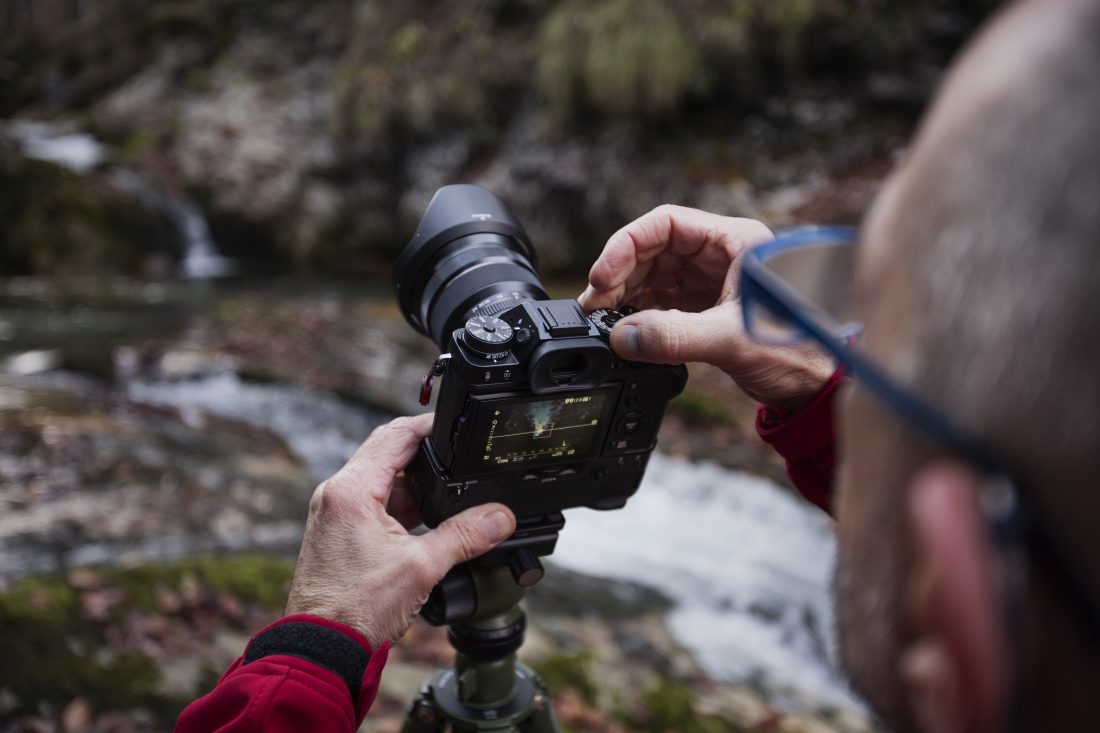How to Clean a Mirrorless Camera Sensor Step by Step Guide
As a professional photographer, ensuring the longevity and optimal performance of your camera equipment is paramount. One essential maintenance task is cleaning your mirrorless camera sensor. A dirty sensor can ruin your photos with spots and smudges. In this guide, we'll dive into the intricacies of how to clean a mirrorless camera sensor safely and effectively.

Understanding the Importance of a Clean Sensor
A spotless sensor is crucial for capturing pristine images. Dust particles and debris on your sensor can cause dark spots to appear in your photos, especially noticeable in areas with a consistent tone like the sky. Regularly maintaining your mirrorless camera sensor ensures that your images remain sharp and clear, making post-processing easier and less time-consuming.

Precautionary Measures Before Cleaning
Check the Manual
Before diving into the cleaning process, it's prudent to check your camera's manual. Manufacturers often provide specific guidance on sensor cleaning for their models. This is crucial in avoiding potential damage.
Power Off the Camera
Always turn off your camera before attempting to clean the sensor. This avoids electrical issues and helps the camera's sensor be less static, reducing the attraction of dust.
Use a Dust-Free Environment
Ensure you're cleaning in a relatively dust-free environment. Bathrooms after a hot shower can minimize airborne dust. Alternatively, you can use a clean, indoor space free from drafts.

Tools You Will Need
Gathering the right tools is essential before beginning the cleaning process. Here are some highly recommended items:
- Air blower: Traditionally used to blow off loose dust.
- Sensor swabs: Specifically designed for delicate sensor cleaning.
- Sensor cleaning fluid: Mostly available in tiny bottles to be used with the swabs.
- Lens cleaning brush: To handle larger particles on surfaces around your sensor.
- Microfiber cloth: For handling external parts and screens without streaking.

Step-by-Step Cleaning Process
Step 1: Preliminary Cleaning with Air Blower
The first step involves using an air blower to remove loose dust from the sensor. Hold the camera upside down so gravity helps dislodge particles. Never use canned air, as it can expel propellants that will damage your sensor.
Step 2: Inspect the Sensor
Using a magnifying sensor loupe or a well-illuminated environment, carefully inspect the sensor for remaining debris. Be sure to check the four corners closely.
Step 3: Sensor Swabbing
This is the delicate part of the process. Start by applying a few drops of sensor cleaning fluid on a sensor swab. Gently swipe across the sensor in one direction. Use a second swab to go in the opposite direction for stubborn spots. Remember, slow and steady wins the race here.
Post-Cleaning Tips
Reassemble and Test
After cleaning, carefully reassemble your camera and test it by taking a series of photos against a bright, uniform background like a clear sky or a white wall. This will help you identify if any spots remain.
Document Cleaning Frequencies
Maintaining a log of when and how often you clean your sensor can help establish a routine. This can also serve as a useful reference if issues arise down the line.
Professional Cleaning: When to Seek Help
In some cases, it may be wiser to seek professional cleaning services. If youre not confident in your ability to safely clean the sensor, or if your attempts havent produced satisfactory results, professional cleaning is a worthwhile investment.
For further information on this topic, you might find this comprehensive guide on mirrorless cameras useful.
FAQ
1. How often should I clean my mirrorless camera sensor?
It depends on how frequently you use your camera and the environments in which you shoot. If you notice spots appearing in your photos, its a good sign that your sensor needs cleaning.
2. Can I use a lens cleaning kit for my sensor?
No, lens cleaning kits are not designed for the delicate surfaces of camera sensors. Always use a sensor cleaning kit for best results.
3. What should I do if I scratch the sensor?
If you've accidentally scratched the sensor, it is crucial to seek professional help immediately. Using the camera with a scratched sensor can worsen the damage.
As an Amazon Associate, I earn from qualifying purchases.
By carefully following these steps and considering professional options when necessary, you can maintain the health of your mirrorless camera sensor, ensuring your photos are consistently beautiful and free of unsightly blemishes.
For more insightful articles, you may find these resources from wide definitely helpful:

